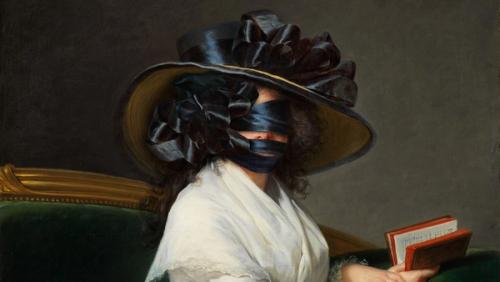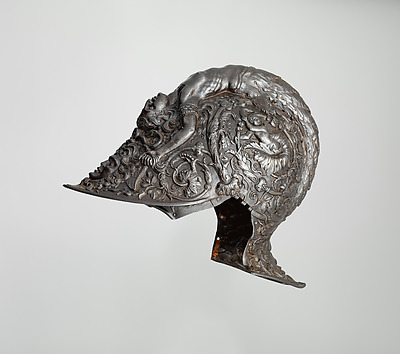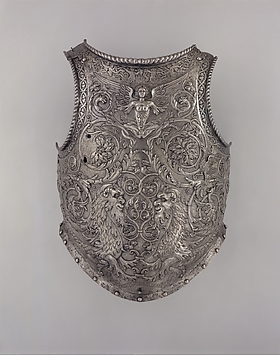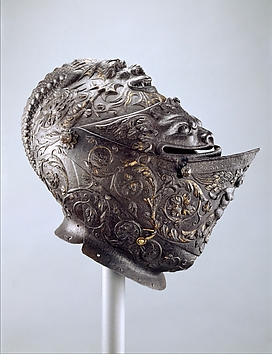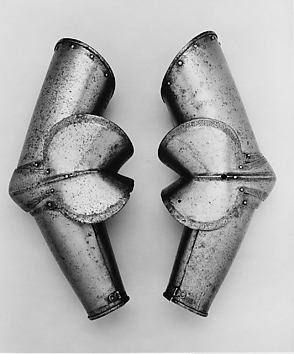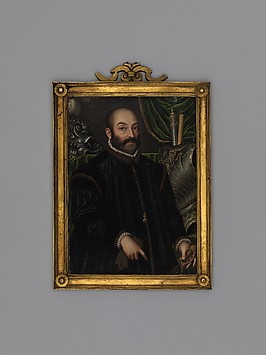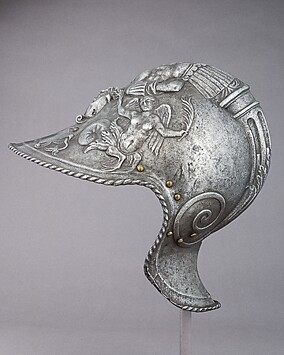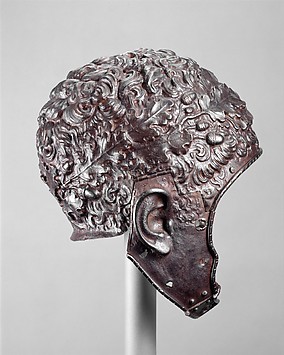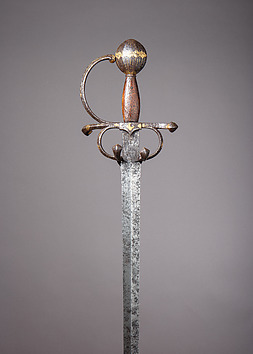The second quarter of the sixteenth century witnessed the emergence of a new fashion of armor design based on the forms and ornament found in classical art. Embossed in high relief, richly gilt, and damascened in gold and silver, these lavish parade armors all'antica were worn by Renaissance kings and captains who wished to project an aura of power and virtue by arraying themselves like the heroes of ancient Roman history and mythology. The re-creation of classically inspired armor is invariably associated with Filippo Negroli, the most innovative and celebrated of the renowned armorers of Milan. Within the Negroli family of armorers, Filippo was the best known of his extremely successful generation, which included his brother Francesco, a skilled damascener in the service of Emperor Charles V, and his cousin Giovan Paolo, a talented master who provided armor to the French court. From large numbers of recently uncovered documents in the state, civic, and ecclesiastical archives of Milan, details have been gleaned of Negroli family members, their workshops and employees, marriages and deaths, property and testamentary arrangements, and business dealings with clients and fellow armorers. A digest of the documents is included, and a brief, cogent discussion of the manufacture and commerce of arms in sixteenth-century Milan provides a context for the work of these talented artists. The core of the book is a thorough reexamination of all the armors signed by Filippo Negroli. Additional works are attributed to him, and lost works are identified. The authors confirm the attribution of two magnificently damascened armors to Francesco Negroli, and they present Giovan Paolo Negroli's single signed work along with pieces they consider to be his. Each armor is described, illustrated, and placed in the context of the maker's oeuvre; its history of ownership is discussed; and its treatment in the critical literature is assessed. Around these superlative examples of Renaissance armor all'antica are grouped works that demonstrate the strong influence of the Negroli on contemporary Italian armorers as well as the variety and originality of armor design during the years 1535–55. The authors also touch on the sources of Renaissance armor through Greek and Roman prototypes, fourteenth- and fifteenth-century versions of classical-style armor, and sixteenth-century albums of designs. In the hands of a master like Filippo Negroli, whose virtuoso skill at modeling in high relief is unrivaled in the history of metalworking, traditional military costume was transformed into sculpture in steel. The extraordinary technical abilities of the Milanese armorers, combined with their imaginative adaptation of decorative motifs from the antique, such as lion and Medusa heads, fantastic creatures, and abundant foliate ornament, gave rise to an original art form that evokes the pomp and pageantry of the Renaissance courts. These treasured objects, many of which are still part of the royal collections they have been in since the sixteenth century, are generously illustrated in this book, which serves as the catalogue of an exhibition at The Metropolitan Museum of Art.




